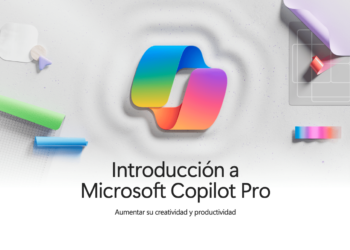JPMorgan Chase, a giant in the financial services realm, has made a significant step forward in the implementation of artificial intelligence (AI) with the development of DocLLM. This AI model, crafted specifically for the analysis and understanding of complex financial documents, represents a leap in efficiency and precision in processing this type of data.
Language Models in the Financial Industry Context: With the surge of language models like GPT-3, the field of large dimension language models (LLMs) has witnessed considerable growth. DocLLM, in particular, stands out due to its focus on financial documents, utilizing advanced natural language processing (NLP) techniques and contextual attention to accurately interpret the language and complex structures of these documents.
Specialization and Technical Capabilities of DocLLM: Unlike general models, DocLLM has been tailored specifically to understand documents such as contractual clauses and technical specifications in financial instruments. This specialized approach benefits from a training and tuning process focused on financial and legal documents, which allows DocLLM to develop an advanced understanding of the terminology and sector-specific structures.
Case Study: Application in Due Diligence: Although no specific case studies are detailed in the original sources, the design and capabilities of DocLLM suggest that it could be extremely useful in processes like due diligence, where accuracy and efficiency in document analysis are critical. Its ability to handle and contextualize large volumes of information could significantly reduce time and increase accuracy in these processes.
Ethical and Security Considerations: In the deployment of DocLLM, JPMorgan has taken into account ethical and privacy considerations. While the sources do not detail the specific measures, it is reasonable to expect that the model has been developed with privacy regulations such as GDPR in mind and with a focus on minimizing biases.
Looking to the Future: While DocLLM already constitutes a significant advancement, the future of language models in finance could include developments in areas like cognitive interoperability and explainable AI. However, these aspects are not specifically confirmed for DocLLM and should be considered as potential future directions rather than current capabilities.
Conclusion: JPMorgan’s implementation of DocLLM is a clear illustration of how AI customization can transform specific sectors. With its advanced ability to process and analyze complex financial documents, DocLLM not only exhibits the current state of AI but also signals towards a future where specialized technology plays a pivotal role in the financial industry.






















